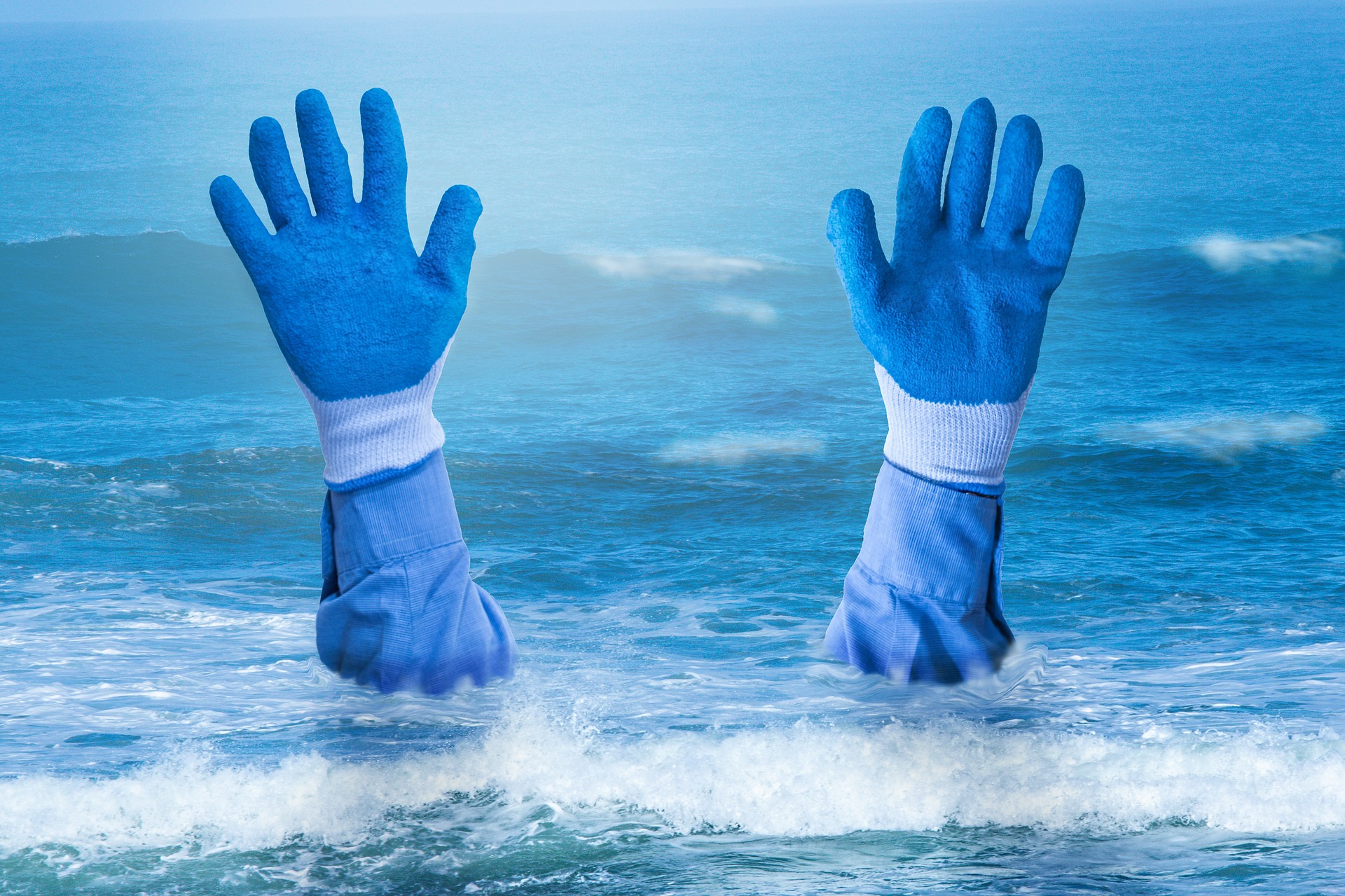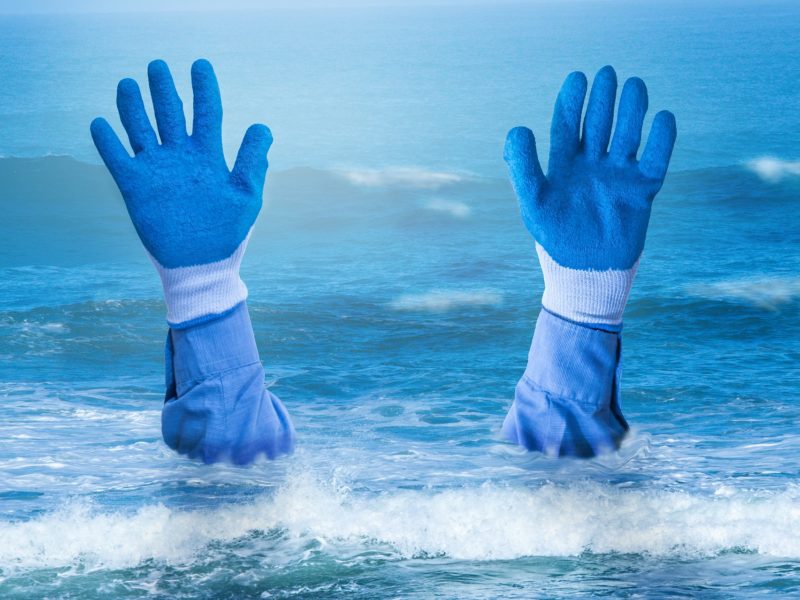
Testing, Testing.
You’ve checked the Environmental Working Group’s Tap Water Database to analyze the pollutants in your city’s drinking water, but what if you have well water? How can you check the quality and safety of the water that you cook with, drink, bathe in, and use for laundry? The least expensive way is to test your own water with a TDS meter.
But perhaps you are interested in a more thorough testing of the contaminants in your water, especially if you do have well water. The Environmental Protection Agency’s website allows you to find a state-certified laboratory, and also includes information on the contaminants themselves that may be lurking in your water.
More Than Just Lead.
Certainly the PFAS in our drinking water has grabbed the national spotlight but it isn’t just about the PFOS family of chemicals. There are so many other contaminants in drinking water. For instance, in the Ann Arbor water system there is just as much hexavalent chromium as there are PFOS chemicals.
Hexavalent chromium was brought to the public’s attention most notably in the movie “Erin Brockovich.” Curiously, Ann Arbor water also has 4x as much radium than PFOS, and radium is a radioactive element! How do you find out what’s in your water and which water treatment works best to remove those contaminants? Check EWG’s tap water database and enter your zip code. Once it loads scroll down to the section on “filtering options.”
Microplastics.
According to National Geographic, it’s difficult to completely avoid microplastics. We eat thousands of bits of plastic every year. We also breathe them in, and they’re in our water supply. In fact, if you teach Earth Science for grades 4-12, NatGeo has a resource library with classroom resources to teach about plastics in our environment and what we can do about it.
Basically, a microplastic is a piece of plastic that measures less than 5 millimeters in size. They’re formed when plastic breaks apart into tiny beads. Many toxic chemicals are absorbed by plastic, including BPA, PCBs, PBDEs, POPs, PAHs and dioxins. Unfortunately, microbeads are small enough to slip through filters at wastewater treatment plants. Microplastics are not only harmful to our health, they’re also dangerous to our aquatic life and to our ocean.
The World Health Organization has a wealth of information on microplastics in the water cycle including both tap water and bottled water, the potential health impacts from microplastic exposure, and the removal of microplastics during wastewater and drinking-water treatment. The report is quite long but beginning on page 5 one can search the Contents for a topic of interest and then read only that section.
Speaking Of Bottled Water.
It’s not just arsenic that’s detected in bottled water. Plastics chemicals like BPA, phthalates, and PCBs can leach from the plastic into the water during storage and then these chemicals are consumed when we drink it. Some plastics chemicals have been shown to affect brain functioning, including aggression and attention issues. Shockingly, the Natural Resources Defense Council indicates that roughly 25% of bottled water is merely tap water – sometimes treated and sometimes not. Bottled water creates both an environmental burden and a body burden. For more on who’s minding our drinking water, click here.
Gotta Get A Filter.
The best place to start in finding a certified water filtration system for your home is on the National Sanitation Foundation website. Once on this link you can decide which contaminants you want to reduce and then compare options for water treatment.
With all the concerns about PFAS in our water systems, the Minnesota Department of Health had 14 filters tested, of which 11 were shown to effectively reduce the amount of PFAS in your water. For information on those filters visit the Michigan Department of Environmental Quality. Personally, I have a Berkey Water Filter and couldn’t be happier with it. For information on what this water filtration system removes, click here.
Camping And Natural Disasters.
When you are back-country hiking and camping, how can you make sure your drinking water is safe? Or what about living in an area of flooding, or another natural disaster, where you may need emergency water filtering and purification? On this link from the World Health Organization scroll down to page 13 of 80. From this report it appears that the best portable water filtration brands are LifeStraw, Solar Solutions and Puralytics.
Dirty Beaches, Dirty Water.
If you are planning a day at the beach, other than checking the weather forecast, additional things to check are the quality of both the water and the beach itself. One news report wrote “there’s poop in the water” at our favorite beaches and that the water showed bacteria counts exceeding EPA standards for safety, which could potentially sicken swimmers.
The report shows on most days of the year the beaches are safe, but researchers found bacteria counts can spike on certain days with fecal matter from people or animals as the culprit. “Pollution (that) gets washed into high-energy beaches will dissipate pretty quickly,” however “when it comes through streams and areas where there is not a lot of circulation, it just washes back and forth.”
Luckily, there are several resources that will help to determine whether hitting a particular beach is a good idea. On Beachapedia one currently has access to beach reports in 34 different states. The EPA website monitors information for over 3,000 beaches. Their information indicates that Michigan has the greatest number of beaches overall but that many of them are not being monitored, whereas other states monitor every one of their beaches.
The mobile app, SwimGuide, provides current water quality information for more than 8,000 beaches, rivers, swimming holes and lakes around the world. It’s also accessible online. For information on recreational water illnesses, visit the Centers for Disease Control and Prevention.
On The Subject Of Trash.
According to the NOAA’s Woods Hole Sea Grant project, a Styrofoam cups takes approximately 50 years to biodegrade. An aluminum can takes about 200 years. Both disposable diapers and plastic bottles take approximately 450 years to biodegrade, and fishing line takes almost 600 years! Please take your trash with you, and pick up a few others pieces that aren’t even yours.
Young Millennial, Boyan Slat, deserves all the acknowledgement he can get. A 25-year old university dropout, Boyan created the Ocean Cleanup Project. Look what he’s doing to clean up the Boomer’s mess. (Thank you, Boyan!) He certainly has his work cut out for him. Have you seen images of the ocean’s garbage patches? If not, you need to. It’s a good reminder to reduce your use of single-use plastic.


 Don’t Burn The Toast!
Don’t Burn The Toast!